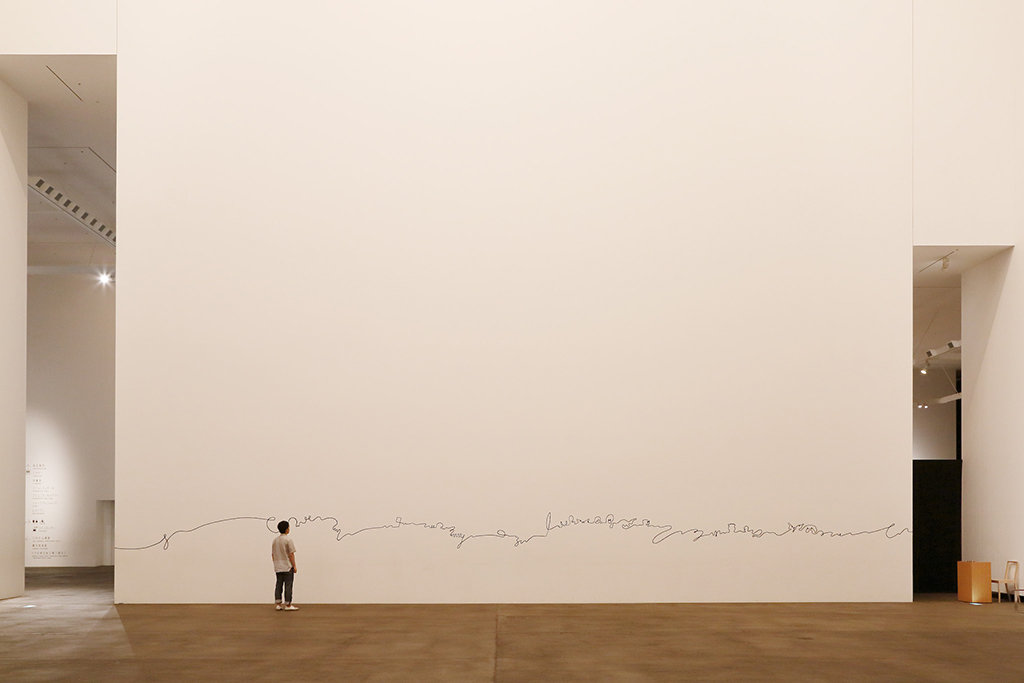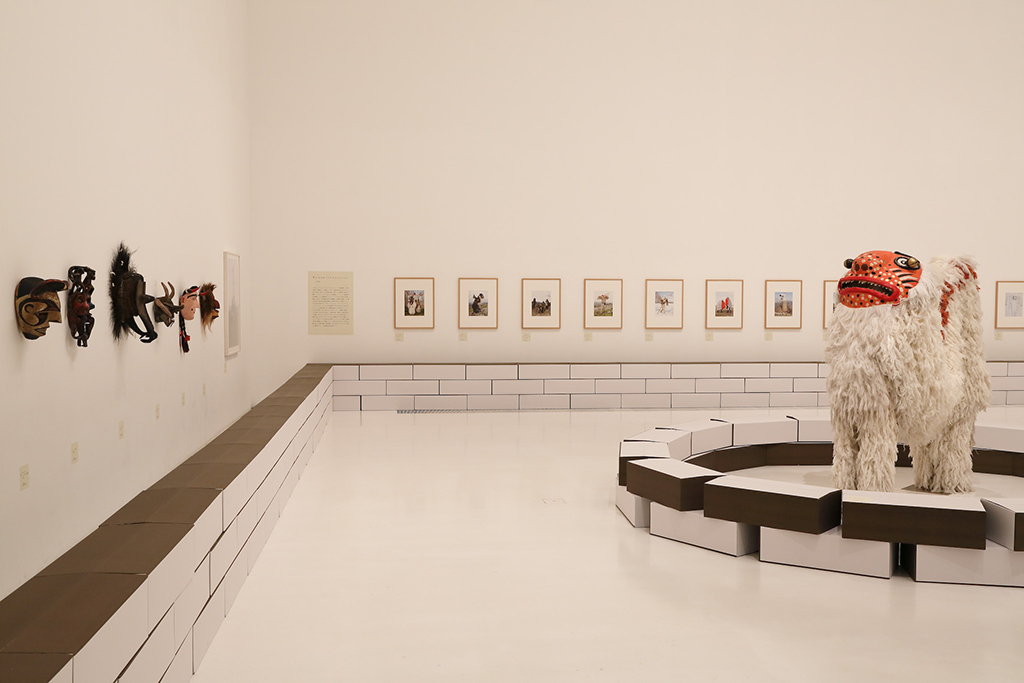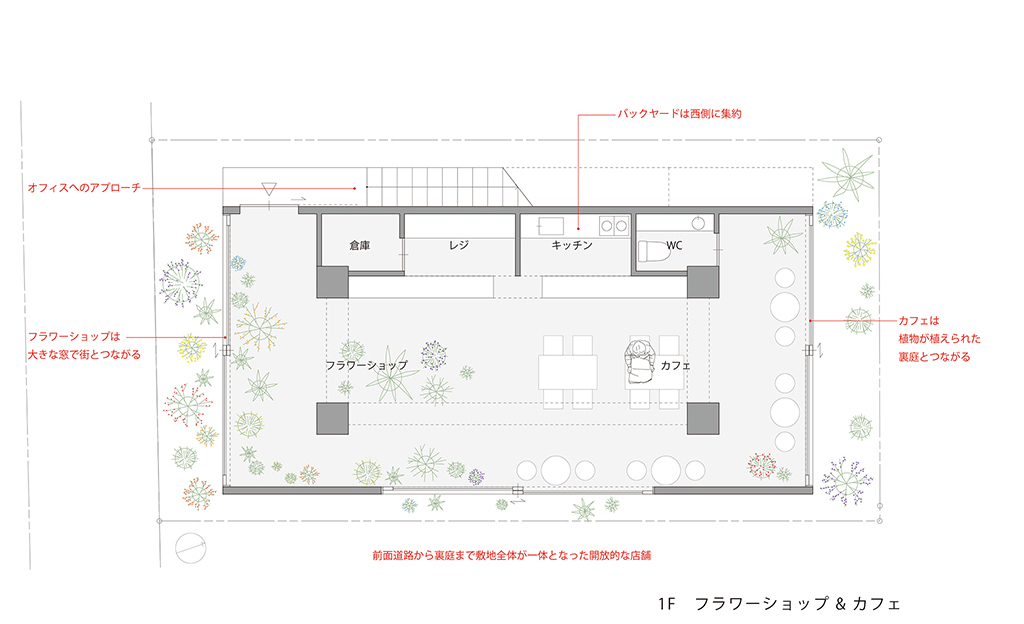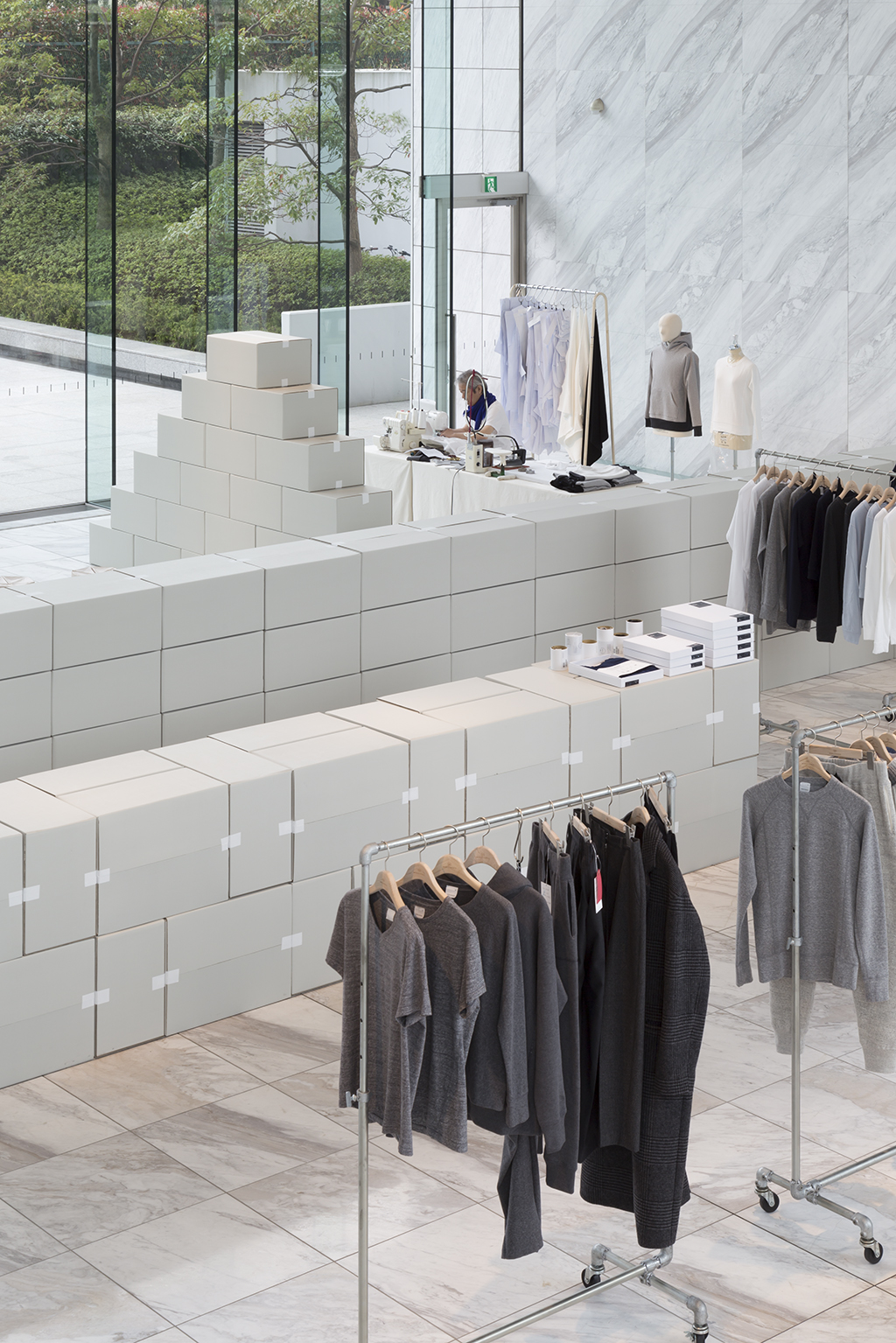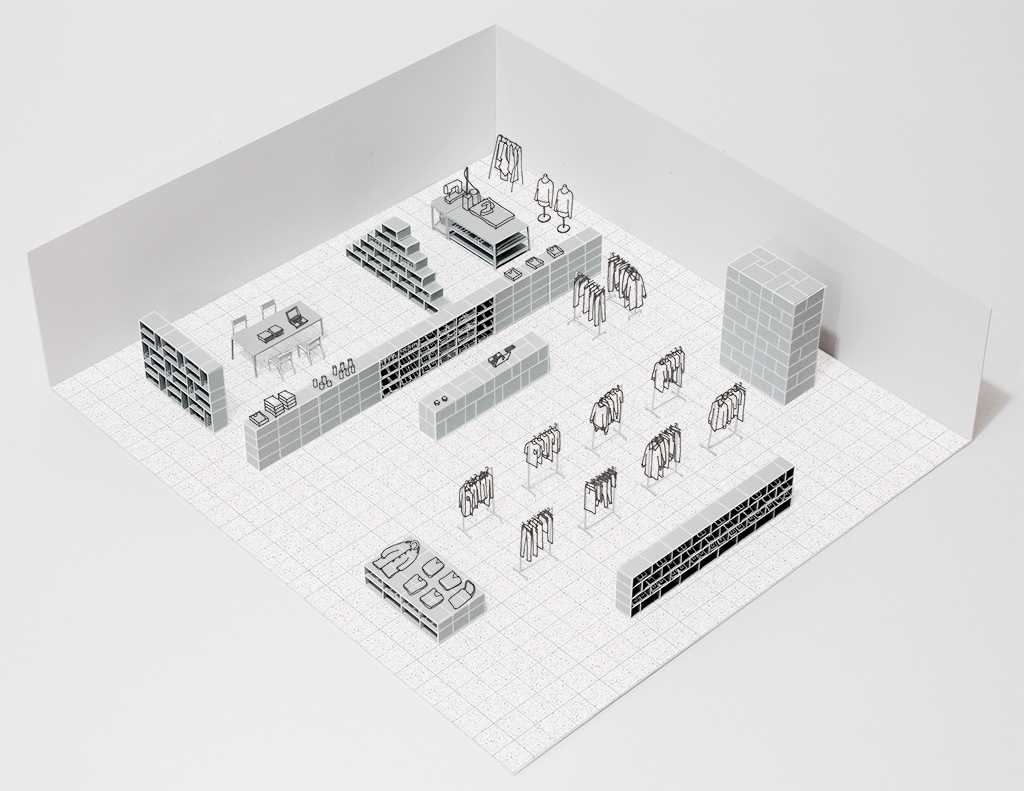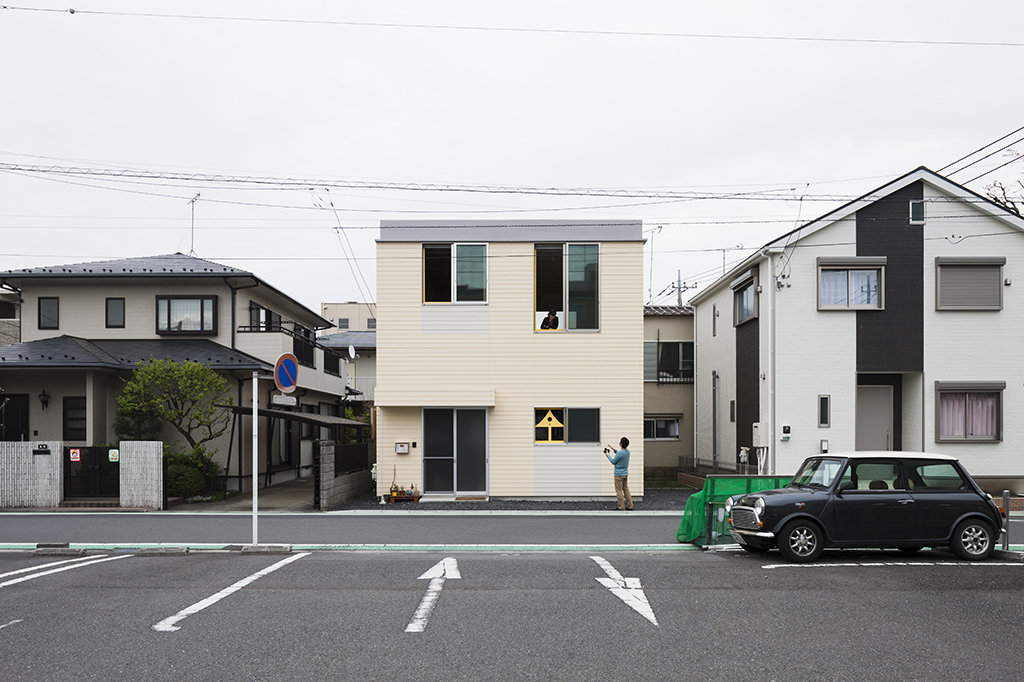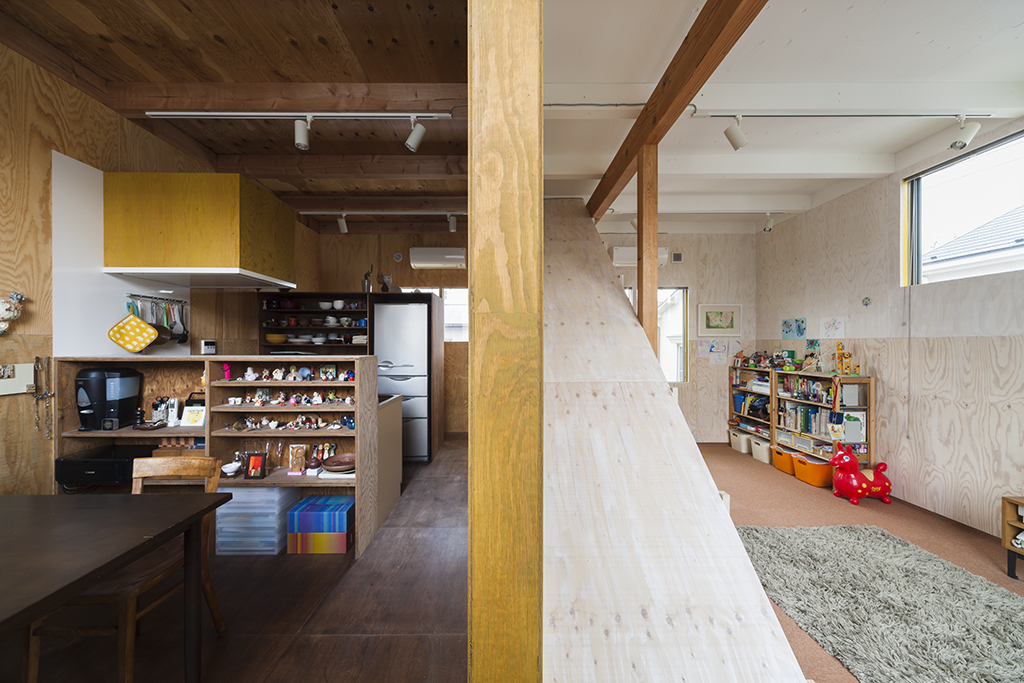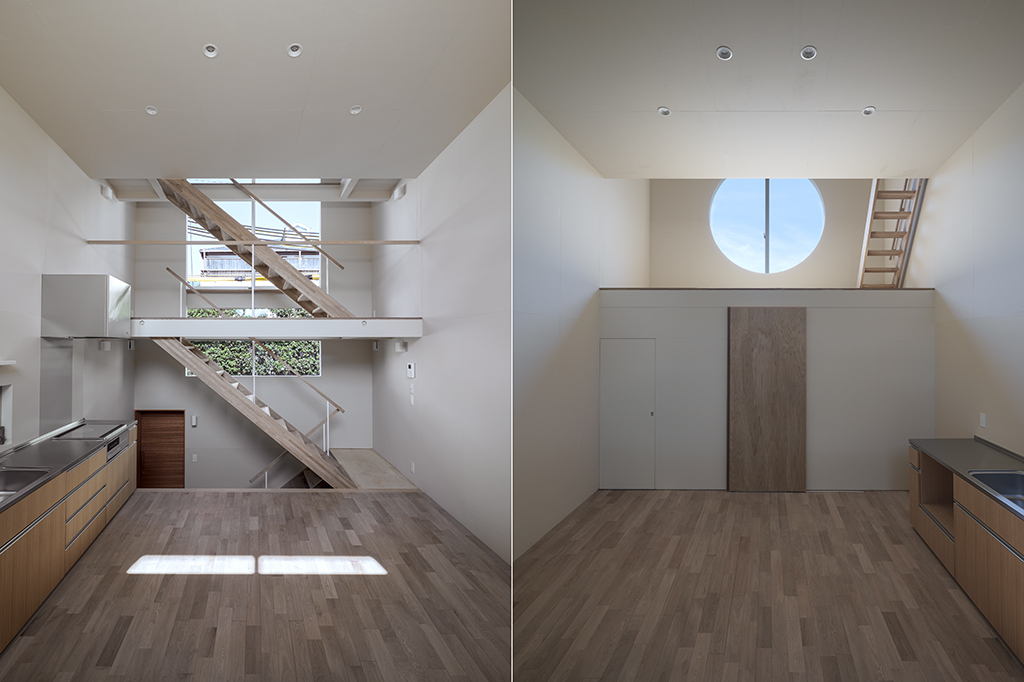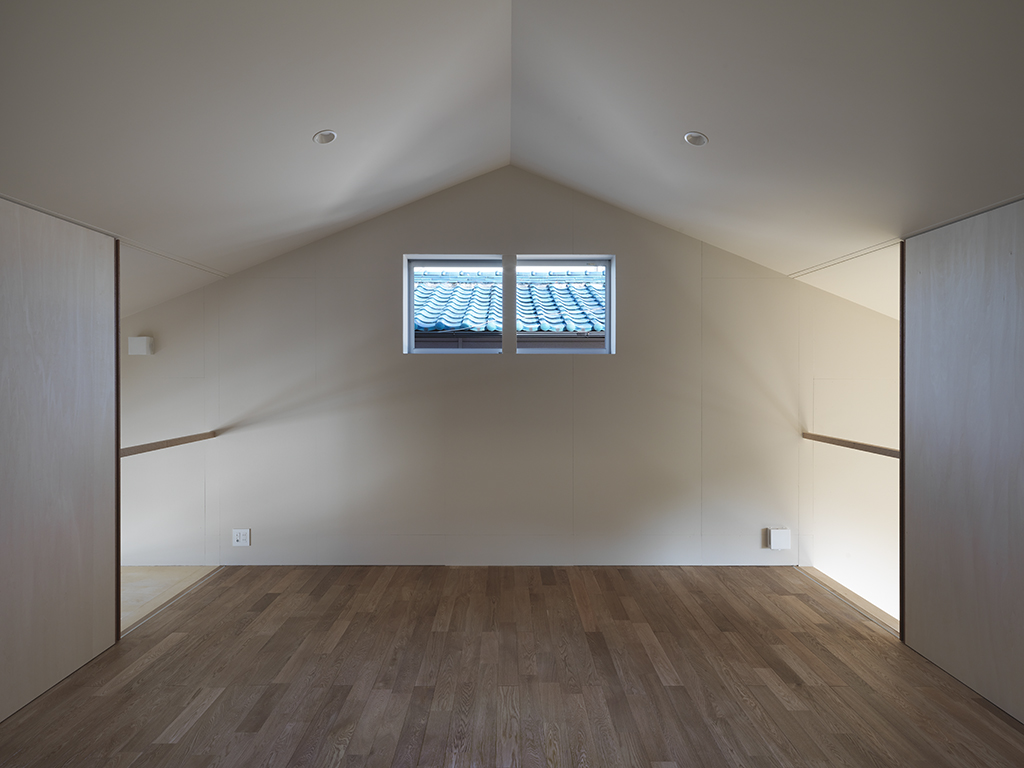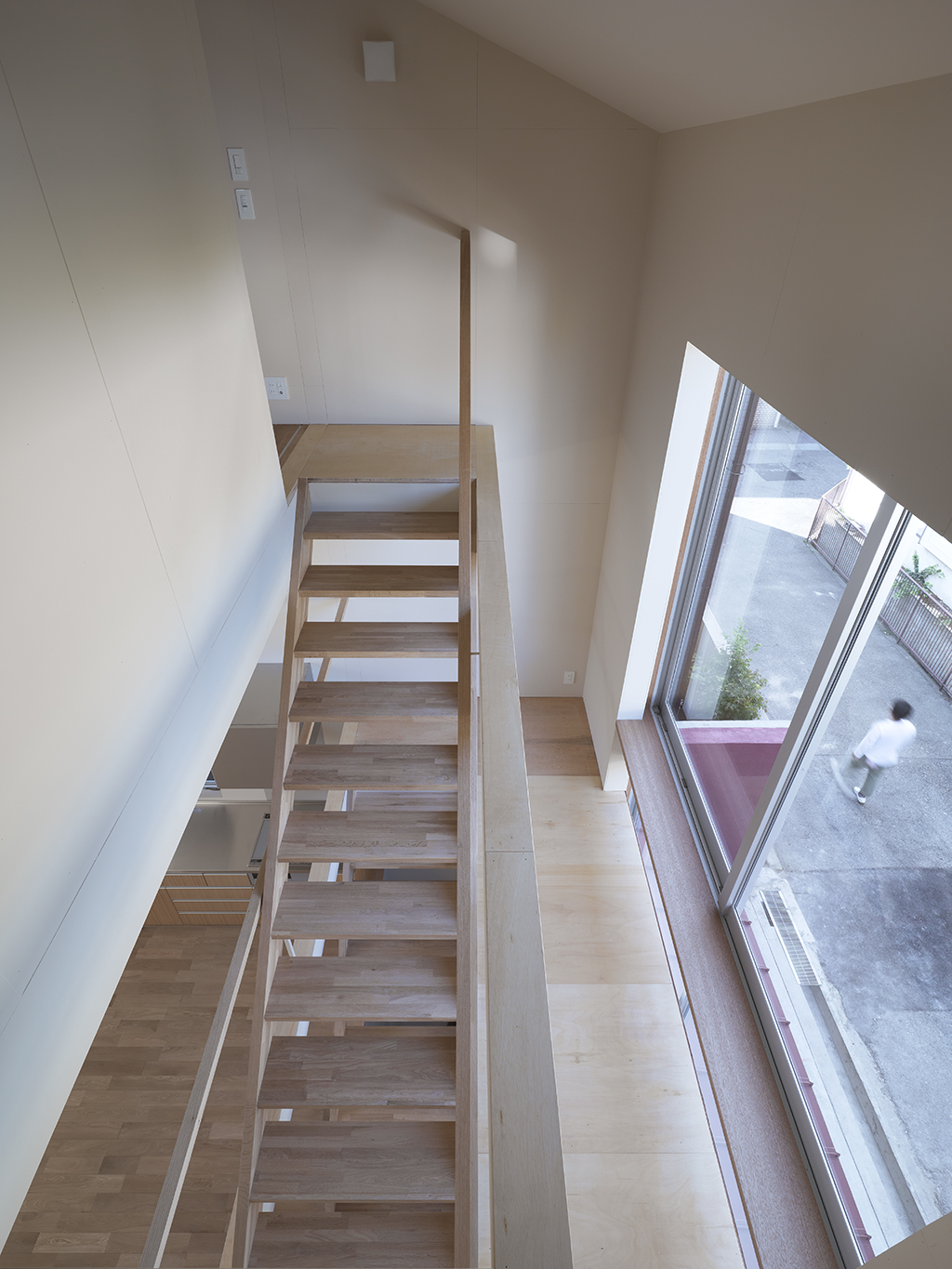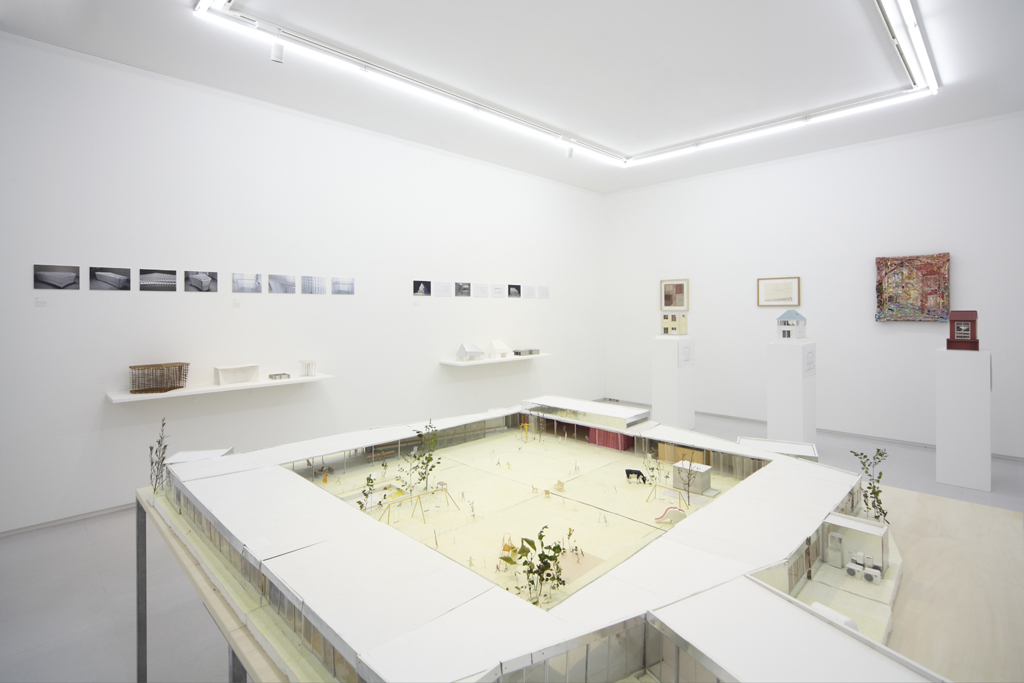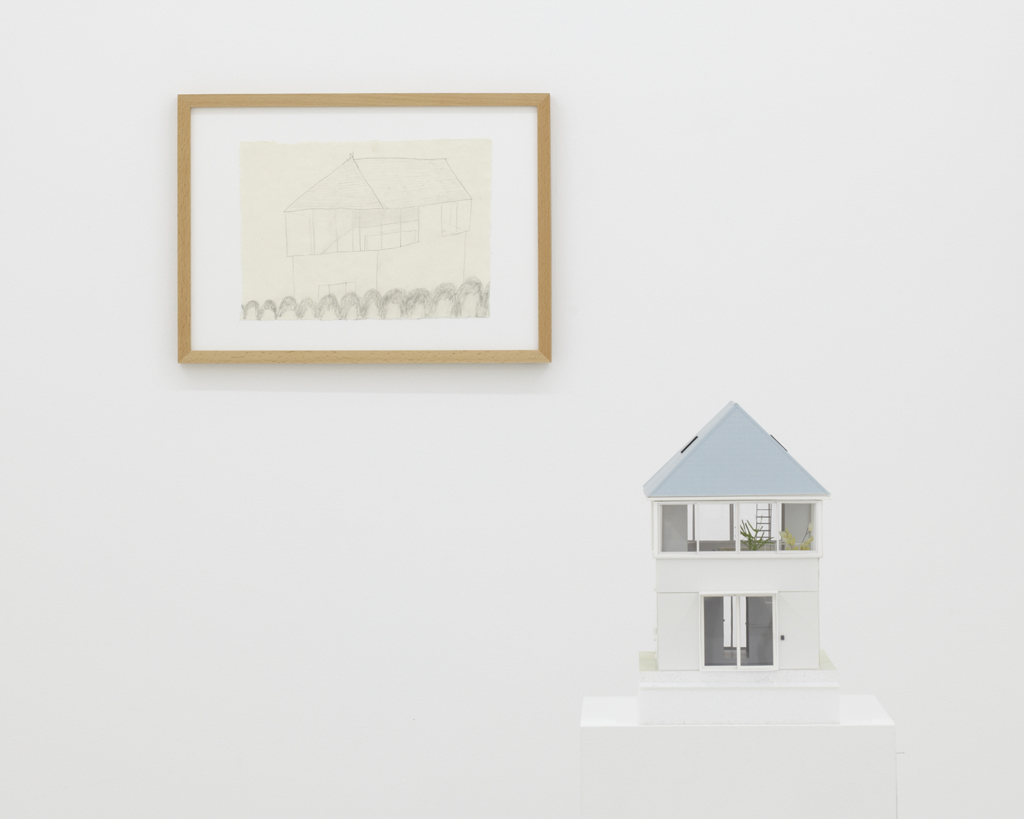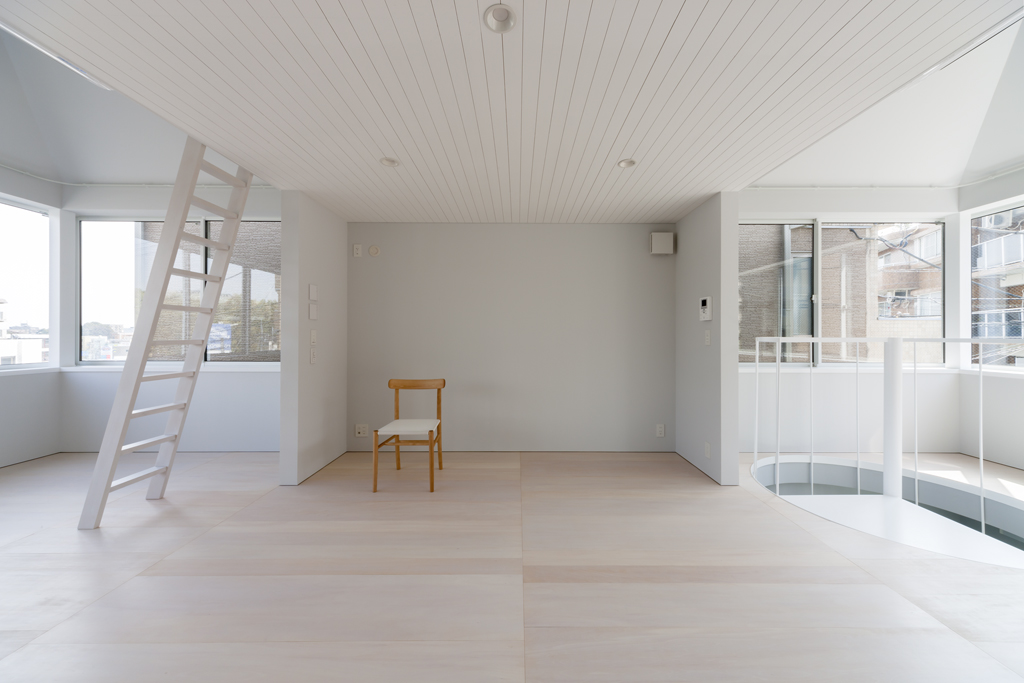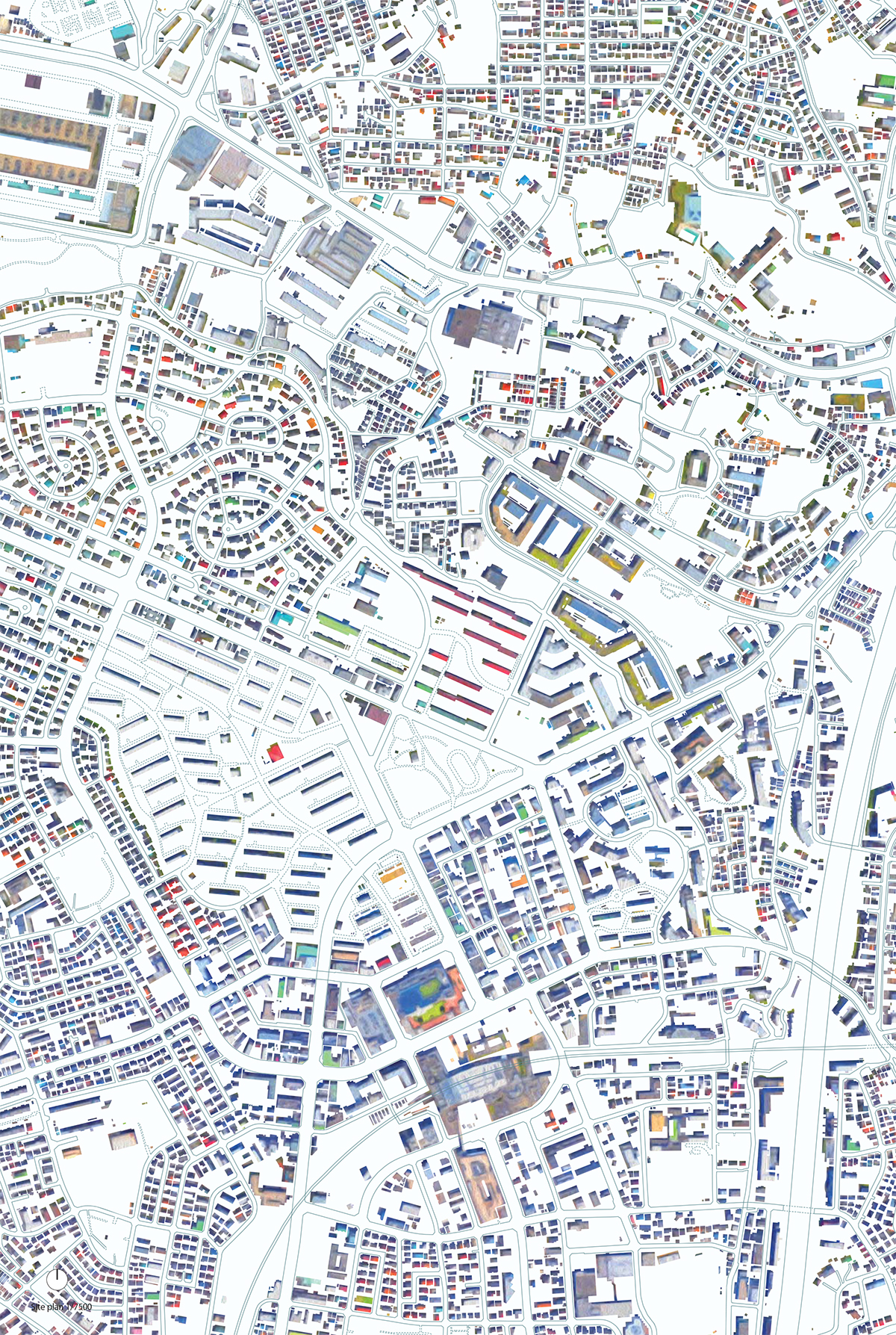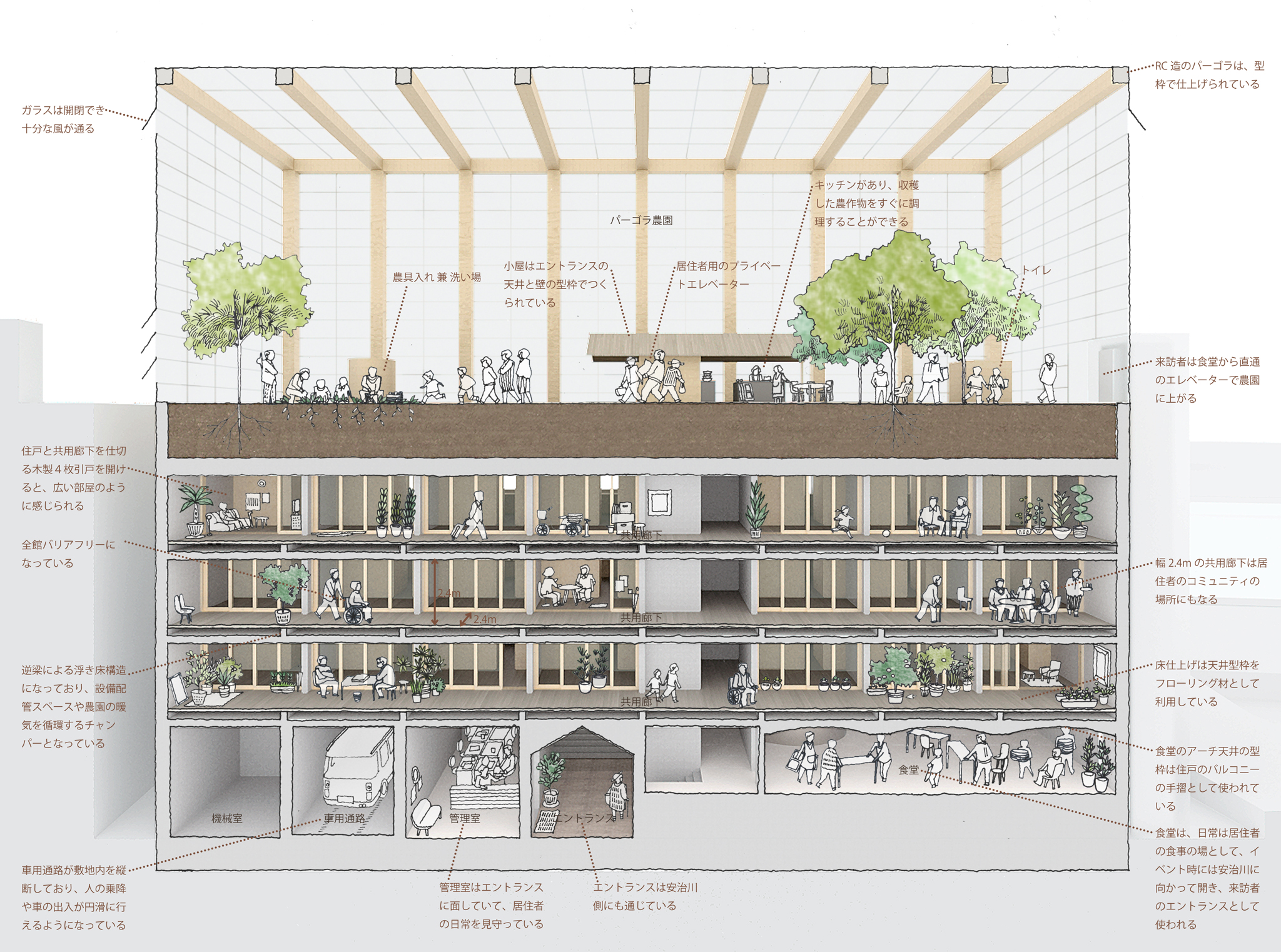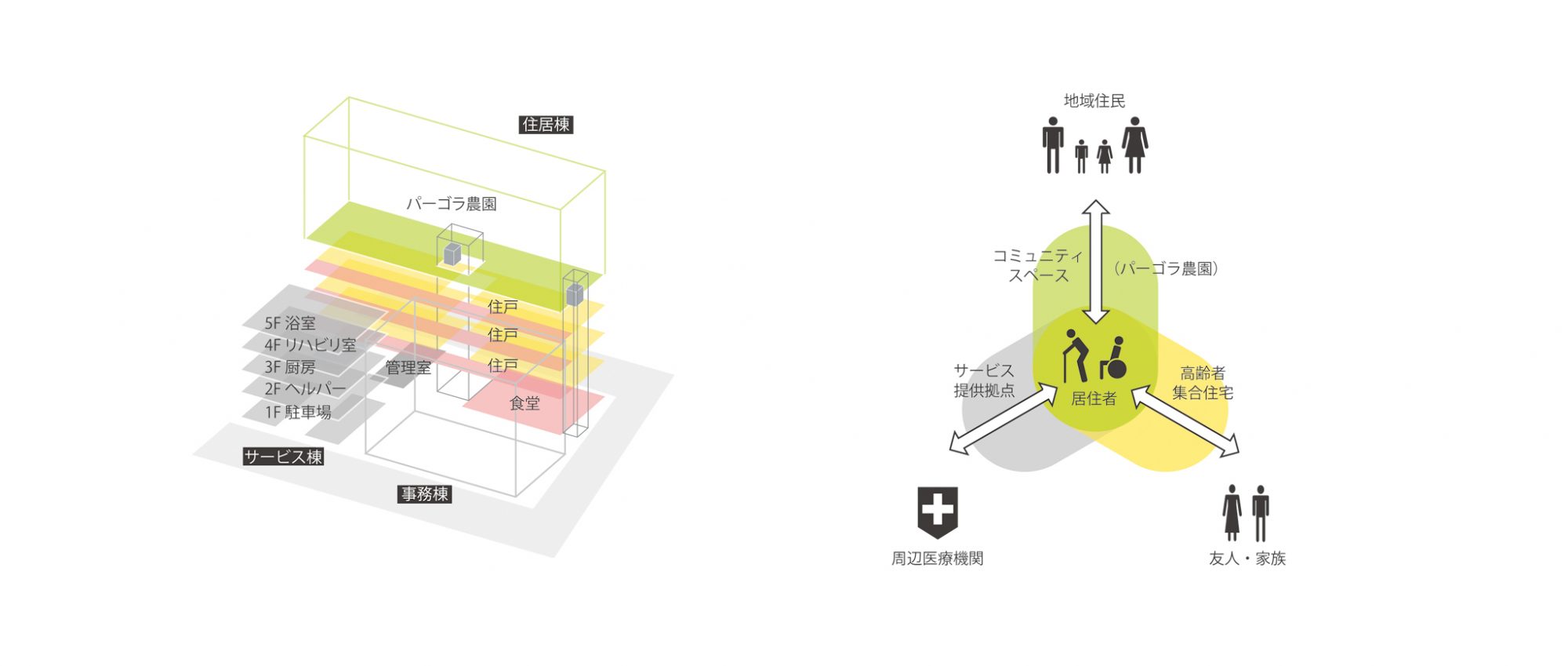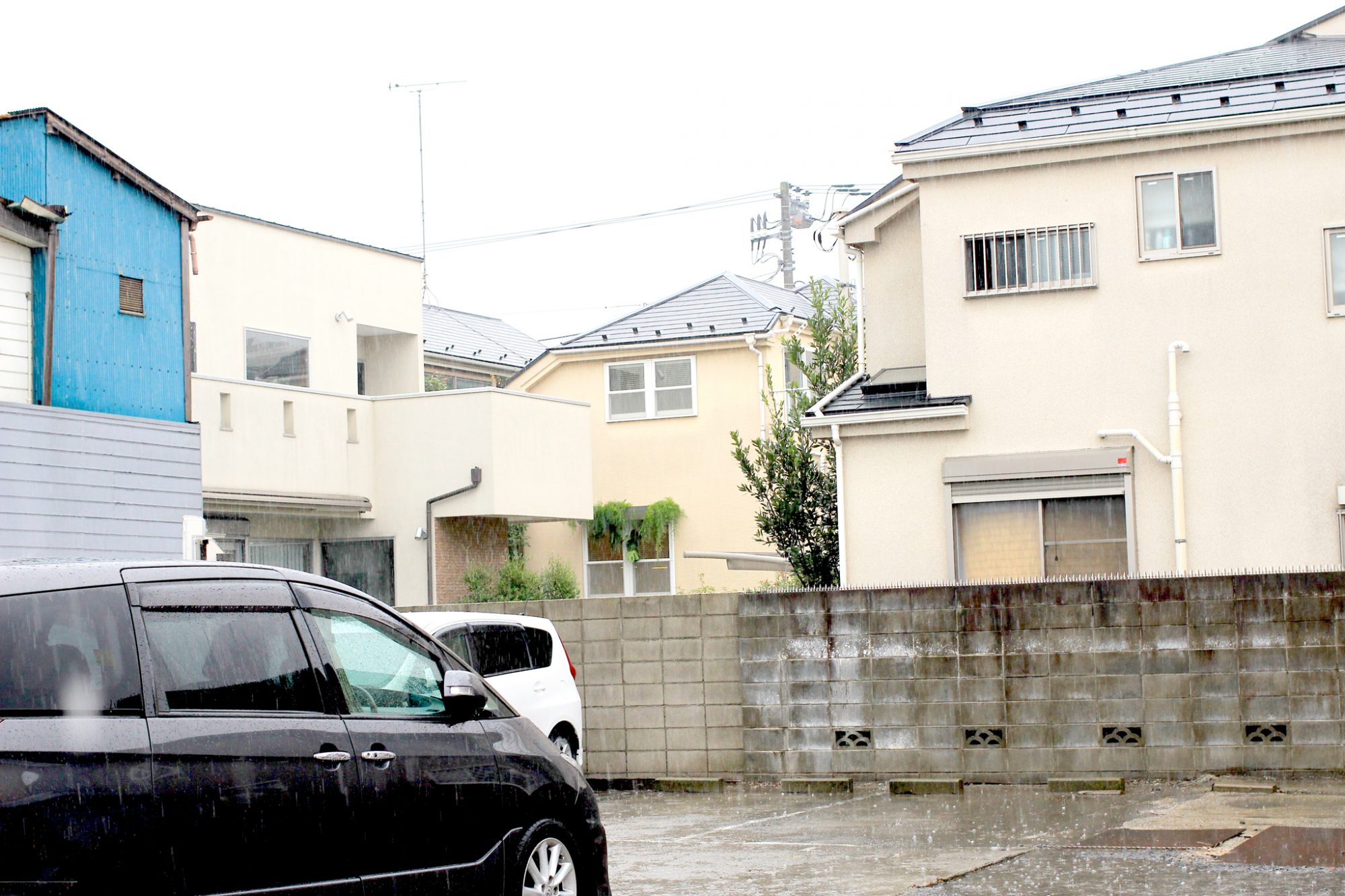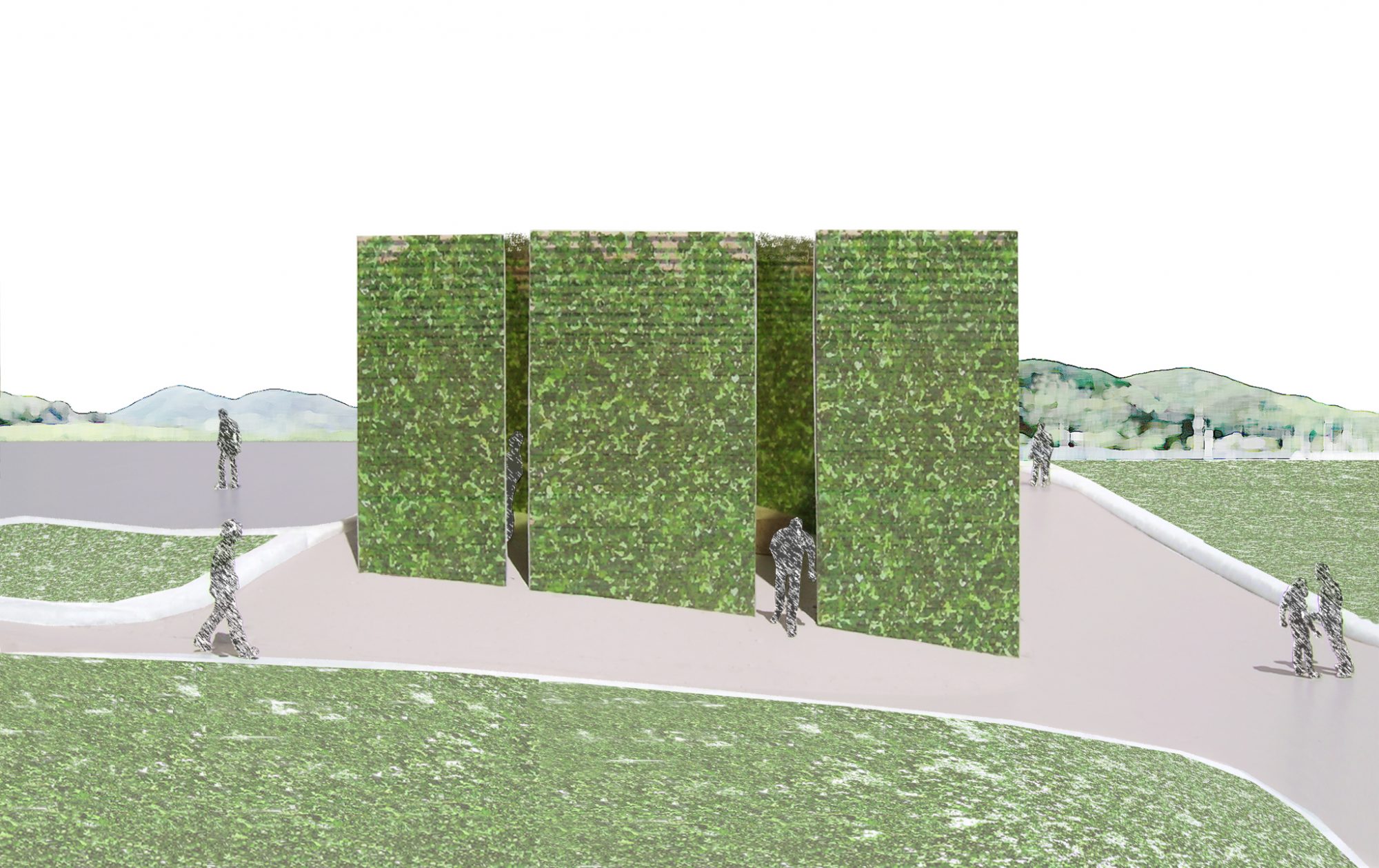
青森県立美術館で開催された『化け物展』の会場構成デザインである。青森県立美術館は、レンガを積んで白く塗った外壁、白と茶が目まぐるしく展開する展示室をもつ美術館である。手がかりとしたのは、青森県美を「化かす」こと。外壁に使用しているレンガを3倍の大きさのダンボールに化かし、それらをさまざまに組み上げることで間仕切り壁や展示台、結界などをつくっている。さらに、白と茶というハイコントラストな展示室に呼応し、かつその特徴を増幅するように、ダンボールレンガを白と茶で3面ずつ塗り分けをした。お化け屋敷の空間をイメージして、一筆書きの動線と作家ごとに小分けにした空間の連続により化け物(作品)が突如現れるかのような構成としている。
The exhibition space for Aomori Museum of Art exhibit “BAKEMONO,” loosely translated as goblins and spooks, was produced by stacking 1800 cardboard boxes that were mutated into giant bricks three times the size of the actual ones in the museum’s exterior wall. The cardboard bricks were painted white or brown on every three sides and laid in brickwork to serve as partitions walls, display tables and barriers. The rooms were set up so that the goblins and spooks of the collection would emerge from the dark one after another.
化け物展
Date : 2015.8.1-9.13
Type : Exhibition Space
Location : Aomori Museum of Art
Floor : 1,364㎡
Photo : Mako Kakizaki
Press : 新建築2015年10月号


